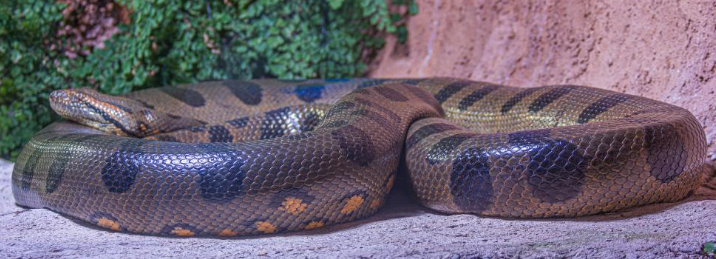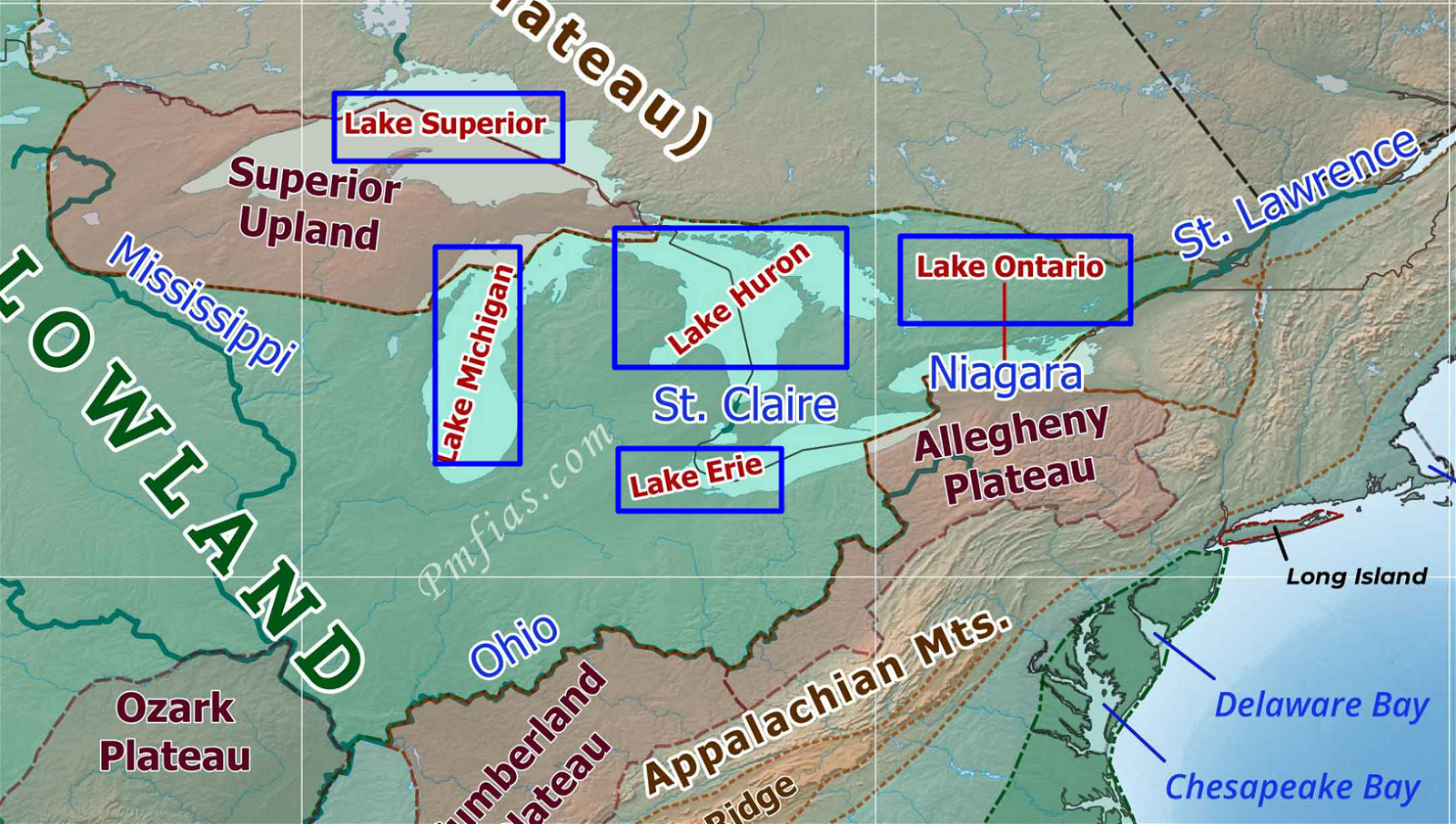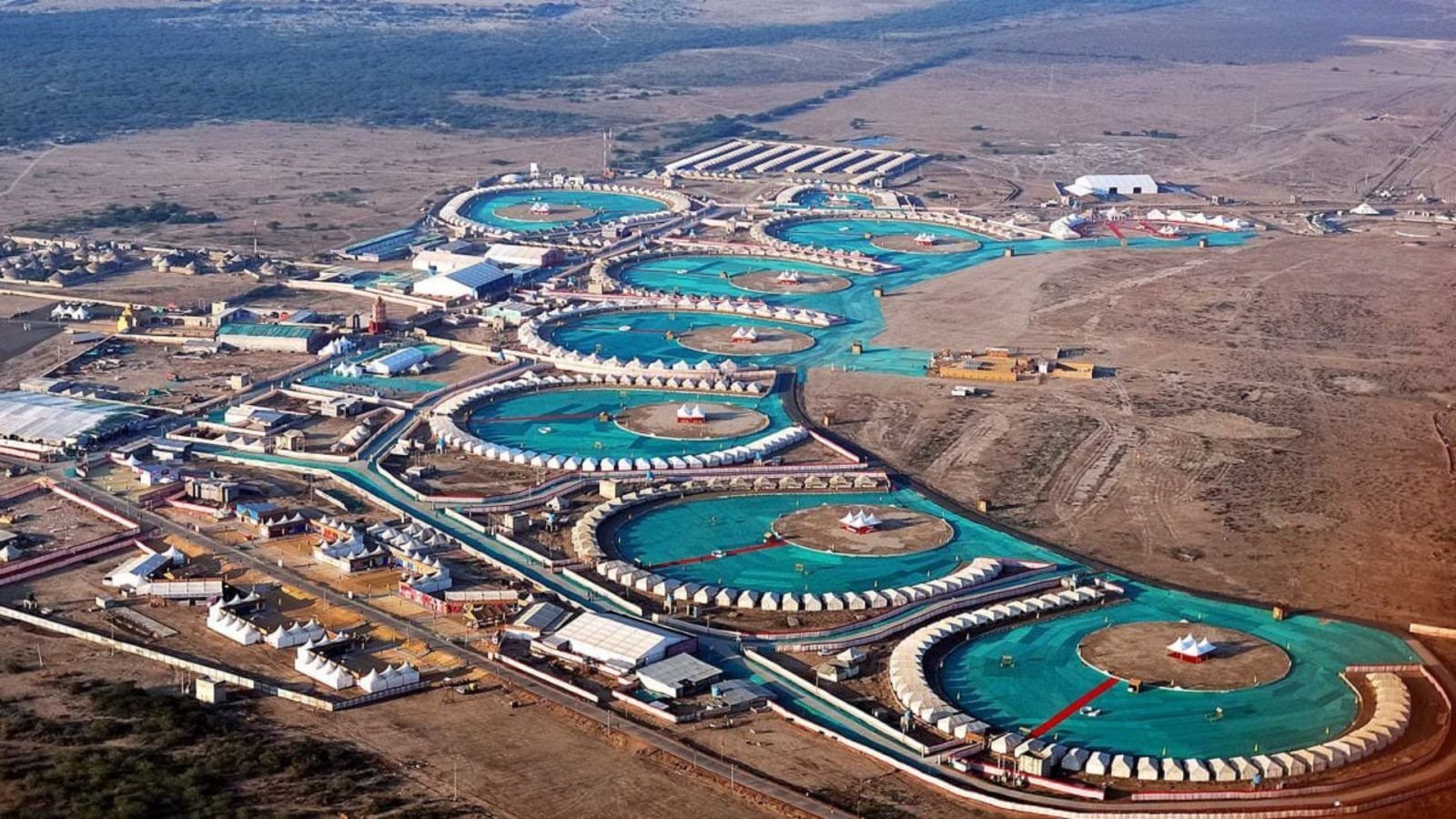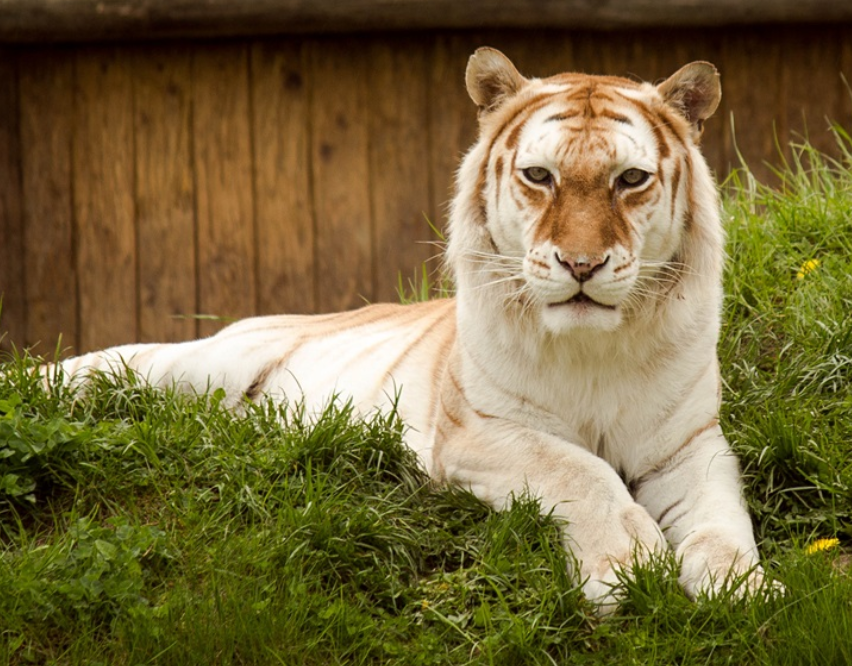
Northern Green Anaconda
Subscribe to Never Miss an Important Update! Assured Discounts on New Products!
Must Join PMF IAS Telegram Channel & PMF IAS History Telegram Channel
- Context (DTE): Research has unveiled the existence of two genetically distinct species within the Anaconda family.
- The two distinct species are- the southern green anaconda (Eunectes murinus) and the newly identified northern green anaconda (Eunectes Nakajima).
- Despite their similar appearances, these species exhibit a staggering 5.5% genetic difference, indicative of their evolutionary divergence nearly 10 million years ago.
- It is the largest, heaviest, and second-longest snake (after the reticulated python) in the world.
- Characteristics:
- Size and Adaptations: Their nostrils and eyes positioned atop their heads enable breathing and vision while submerged.
- Physical Description: Olive-colored with large black spots blend seamlessly into lush Amazonian habitats.
- Habitat and Prey: Green anacondas predominantly inhabit South America’s Amazon and Orinoco basins, preying on a diverse range of animals, including capybaras, caimans, and deer.
- Predatory Behavior: Utilizes their large, flexible jaws, anacondas immobilise and consume prey without venom, relying on suffocation and swallowing techniques.
- Conservation Status: IUCN: Least Concern | CITES: Appendix II






![PMF IAS Environment for UPSC 2022-23 [paperback] PMF IAS [Nov 30, 2021]…](https://pmfias.b-cdn.net/wp-content/uploads/2024/04/pmfiasenvironmentforupsc2022-23paperbackpmfiasnov302021.jpg)











